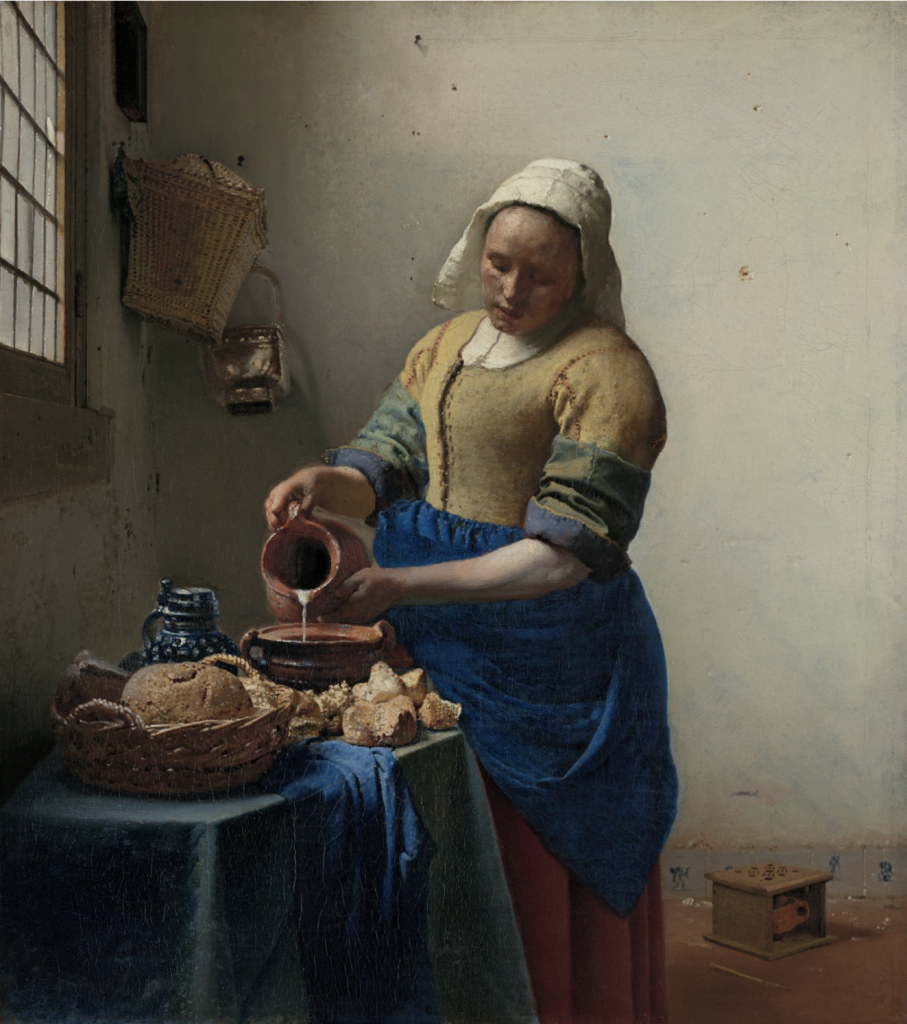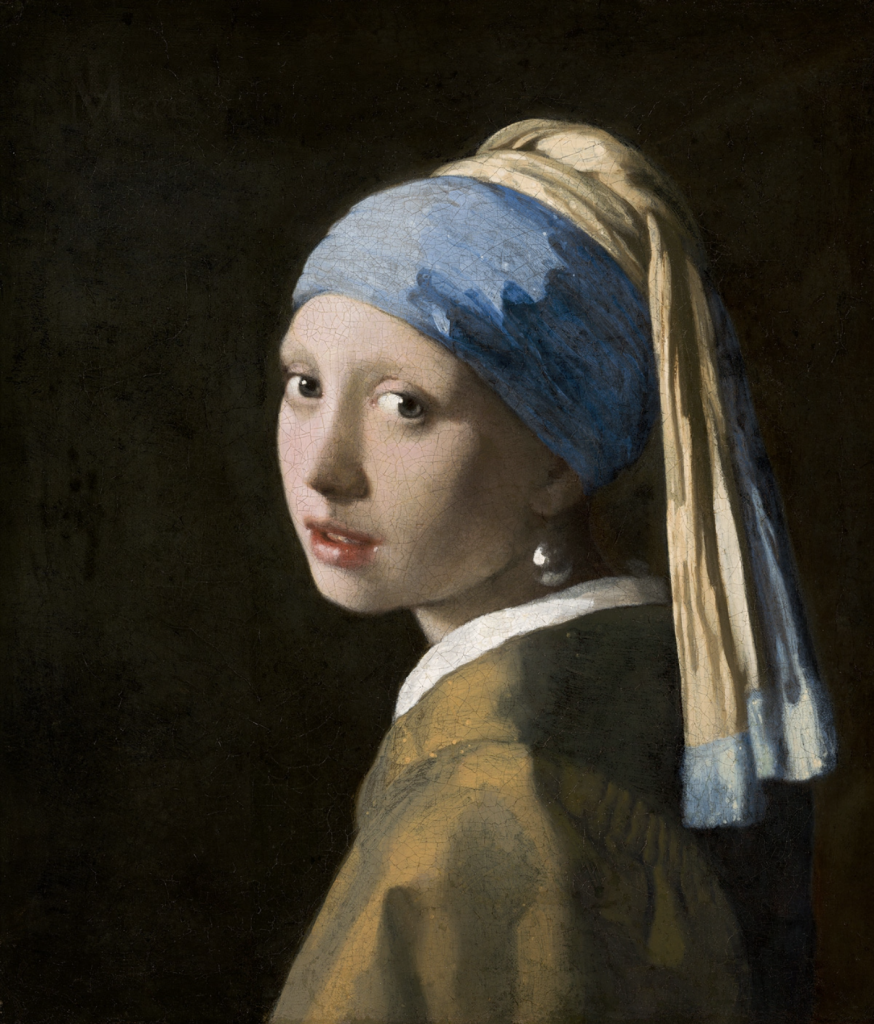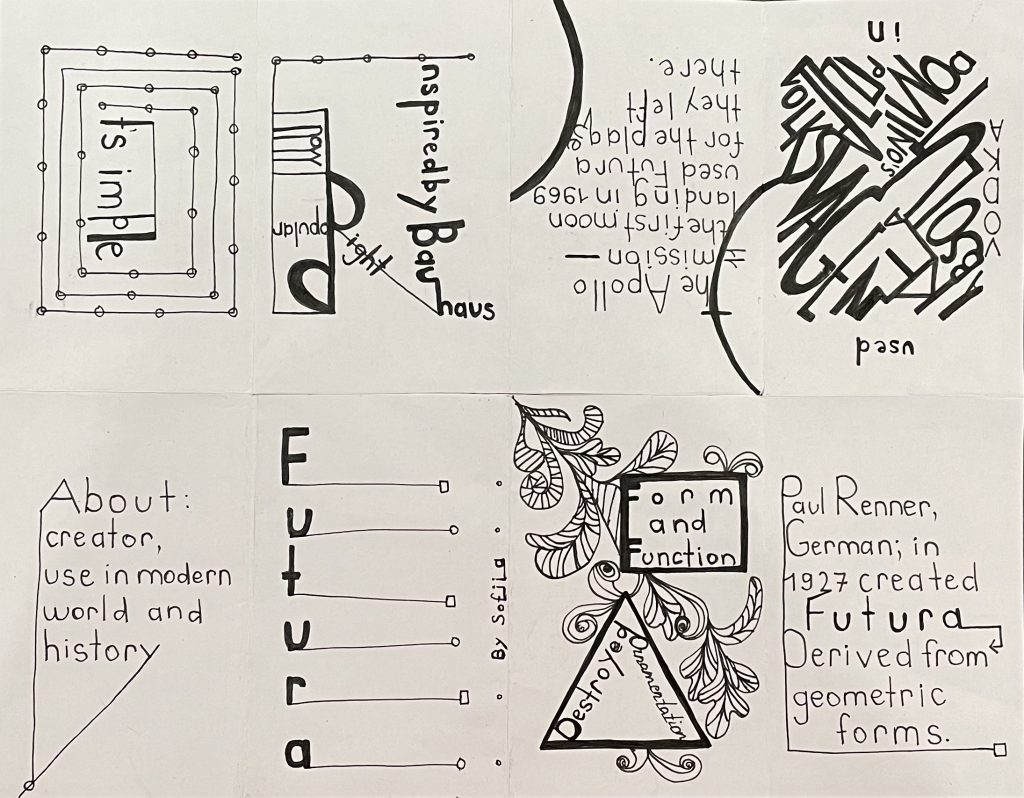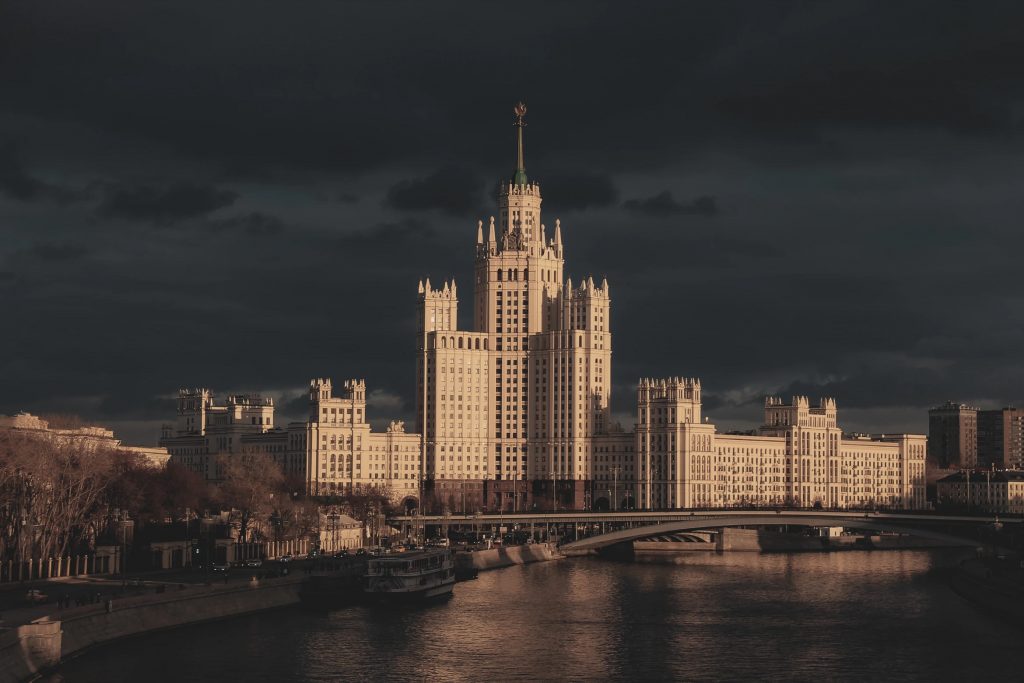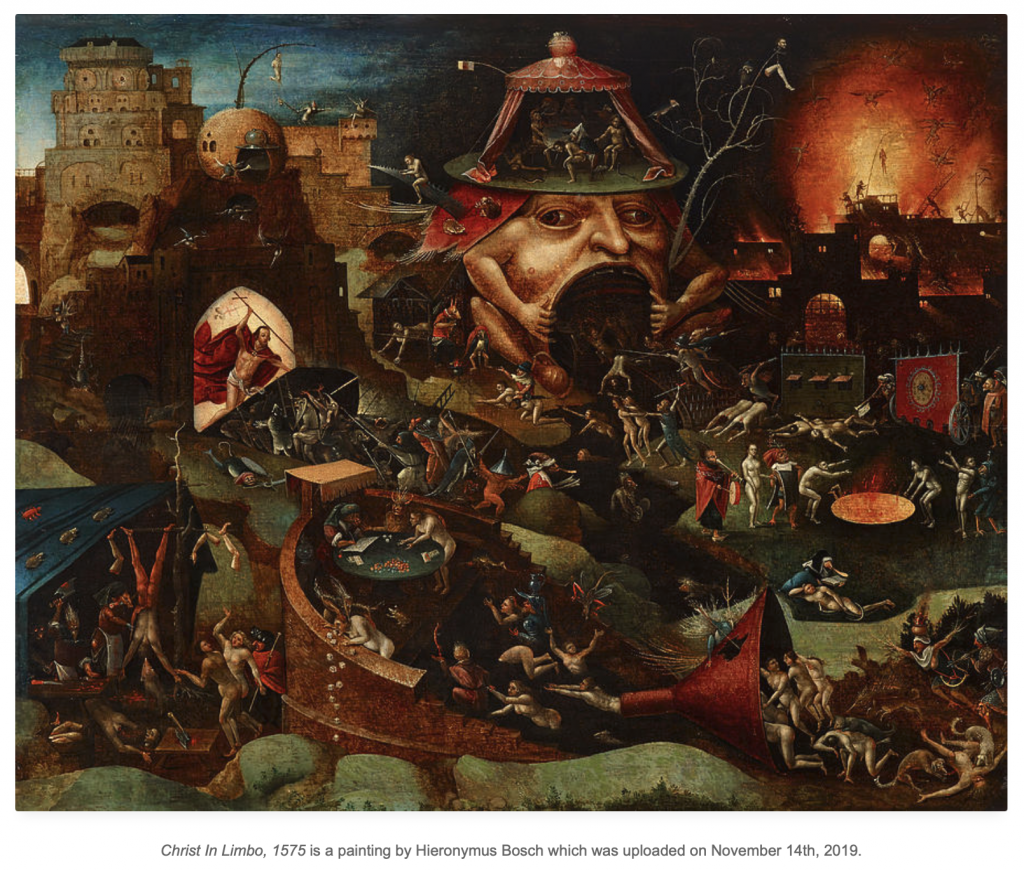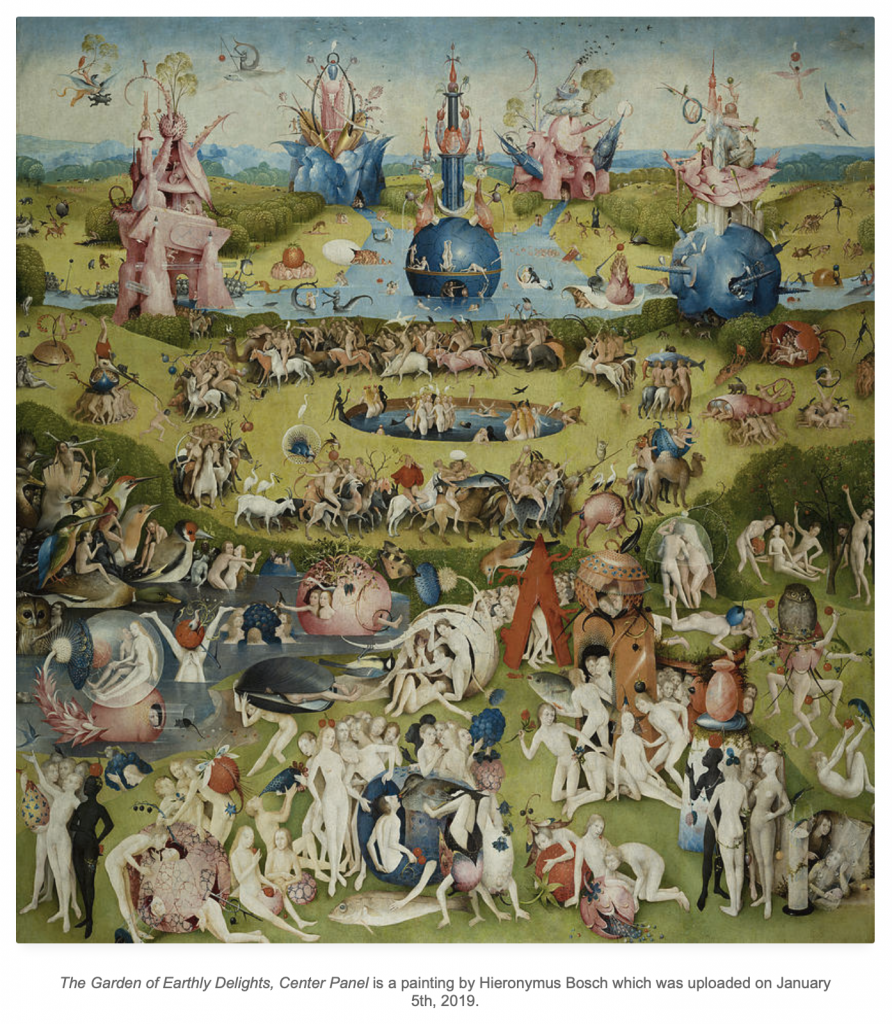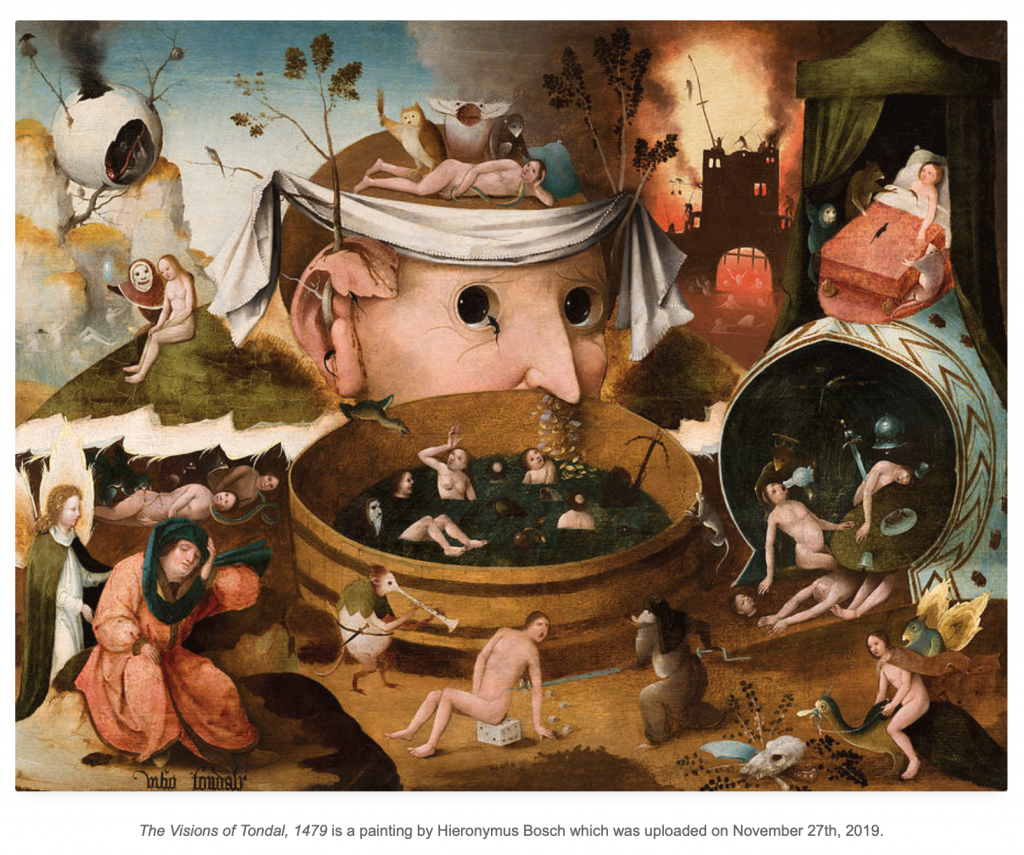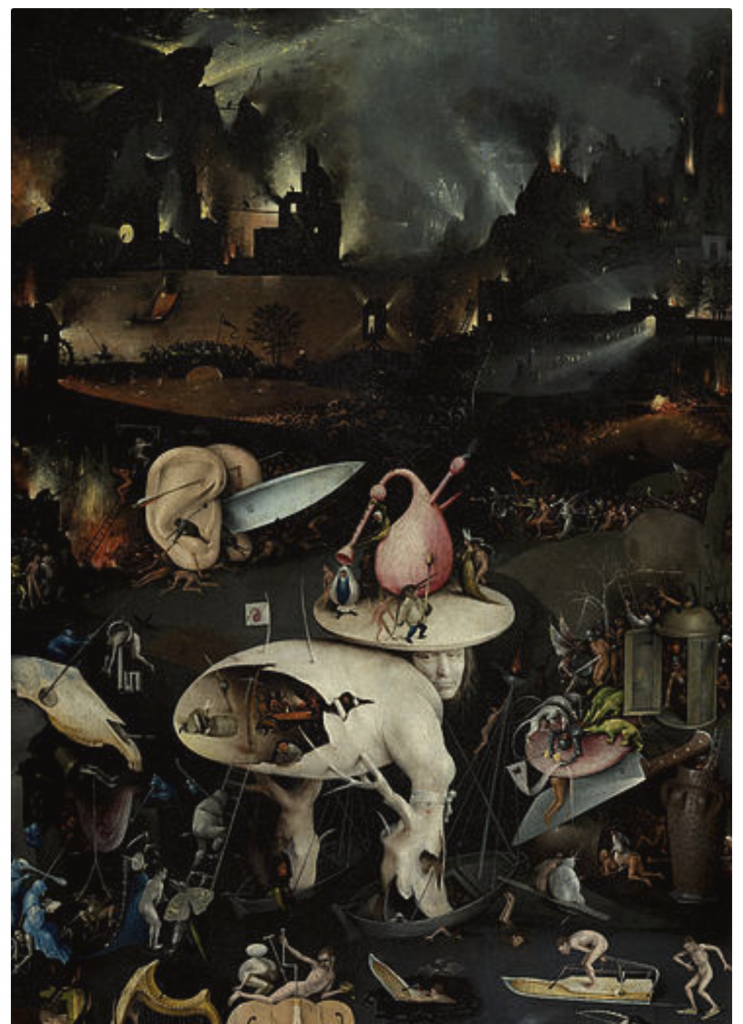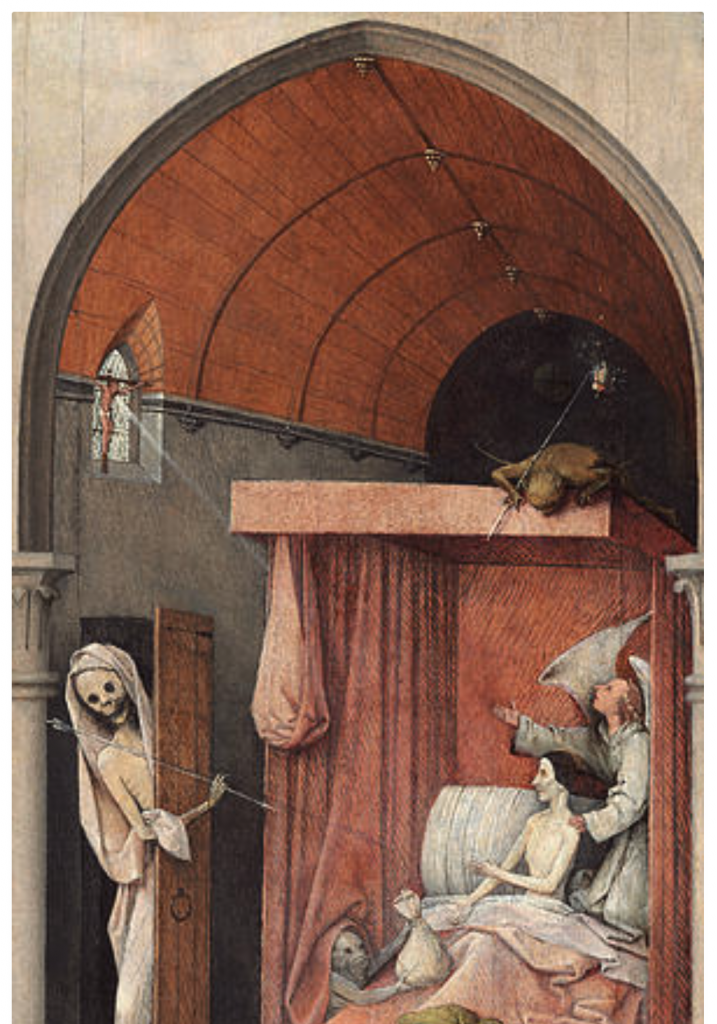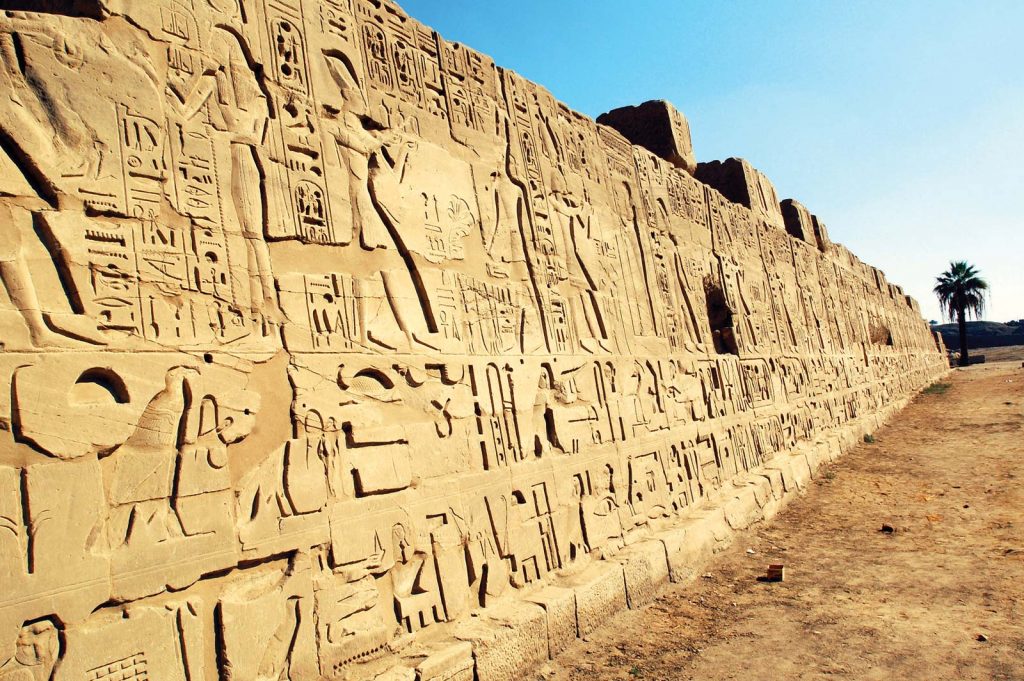“It is lively, brisk, light – captivating. What a rapid grasp of the object and what an amusing facture. It is summary, agreed, but how spot on the marks are!”, once said about the impression, Sunrise artwork by Claude Monet, Jules Castagnary, a French liberal politician, journalist and progressive, influential art critic, who embraced the new term “Impressionist” in his positive and perceptive review of the first Impressionist show, in Le Siècle, 29 April 1874.
And I agree with his statement because it is short but accurate, precise and it knowingly reflects the whole art movement of the great and daring Impressionism.

In the late nineteenth century, life was getting faster and busier, that is why art at that time was changing accordingly. Paris, the city in France where Impressionism was born, was getting a new facial drastically and enormously too, where after the wholesale renovation, which started in 1890, it became cleaner, safer, lighter. This light we could observe in the works of artists of that time, where they saw the inspiration and opportunity in the rapid changes and where they were not afraid to reflect it in their fresh, renewed, and original paintings.
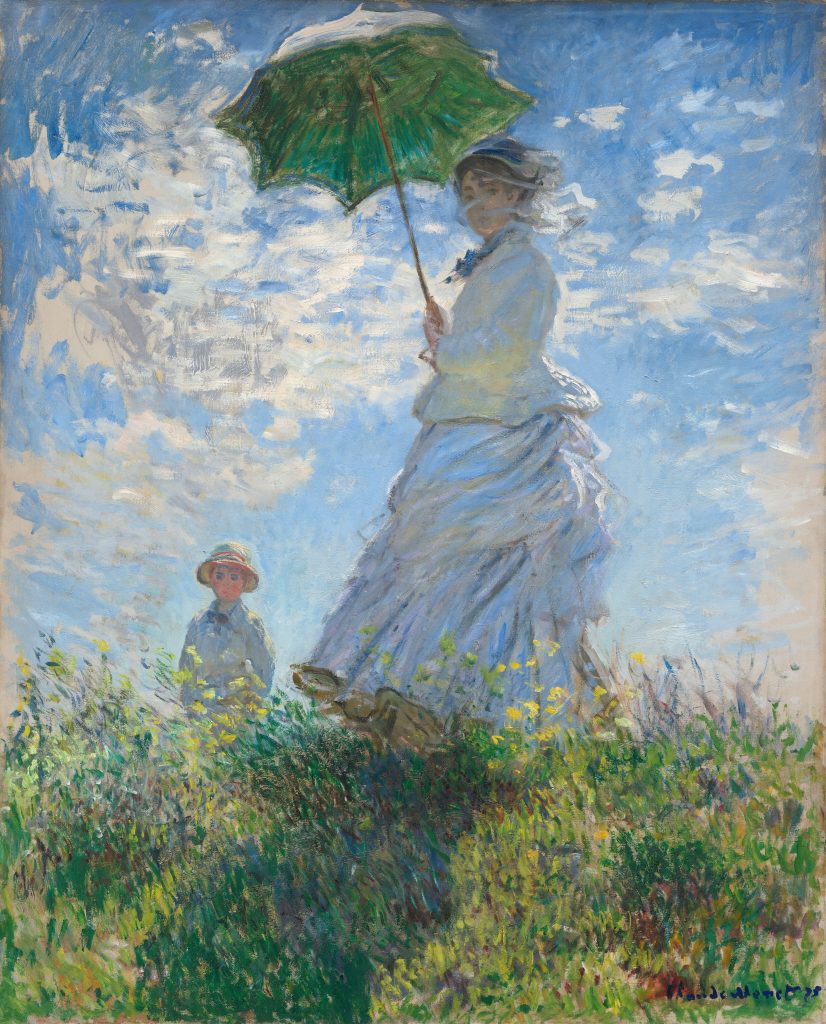
Artists such as Pierre-Auguste Renoir, Edgar Degas, Berthe Morisot (yeah, women artists started to shine at this art period) and others, noticed capturing atmospheric effects and life moments that would change with the passing minutes, that is why you could almost feel the touch of the improvisation in their art. Claude Monet, for example, worked with several canvases at ones, returning to each in the different times of the day because of the light of the sun, by that the artist decided to work with the different paintings in the different time span because apparently, he wanted to capture what he saw right at that time when the desired condition was there for him.
Also, during the 1870s and 1880s new technologies, inventions and possibilities started to appear, including brighter pigments, which made the colors on the painting more vivid and interesting. To note, shadows in the artworks under the brushes of artists of that time became colorful, not just black, grey, or brown anymore. Studies on color by the chemist Michel Eugène Chevreul in 1839 brought to the world the color theory which was revolutionary to the world of art and Impressionism as well, providing the knowledge of the complementary colors.

The influence of the arrival of photography made its mark too, not only giving the new experience of the view to the artist, but also the space for the experimentation, as that the world back then had an opportunity to see still and real images of the photos, but not the colorful ones yet, so that is why it was the impulse for the artist to begin creating something new and with the totally different techniques; colorful, something what only they uniquely saw.
Art critic Frederick Wedmore was saying that the Impressionism artists were creating paintings “not just as they are, but just as they appear to be”, and this is the revelation and unique zest of the Impressionism movement, where the optical delights and open ideas became prominent and hugely important, and to be honest, even today they give us inspiration and the feel of expression, because, well, Impressionism is the attained origin of it.
Sources:
https://en.wikipedia.org/wiki/Impressionism
https://en.wikipedia.org/wiki/Jules-Antoine_Castagnary
https://en.wikipedia.org/wiki/Michel_Eugène_Chevreul
https://en.wikipedia.org/wiki/Frederick_Wedmore
https://www.space.com/27007-astronomy-sleuths-monet-painting.html
https://www.nga.gov/collection/art-object-page.61379.html
https://medium.com/museio/the-story-behind-a-rainy-day-b5290e98af02
